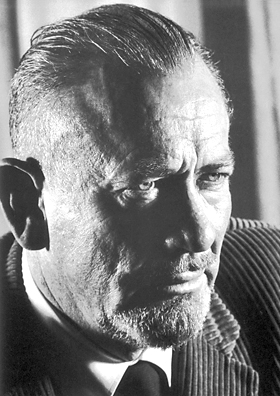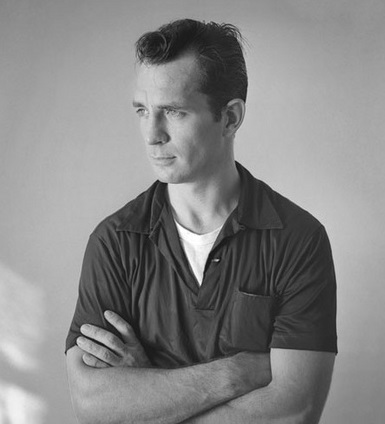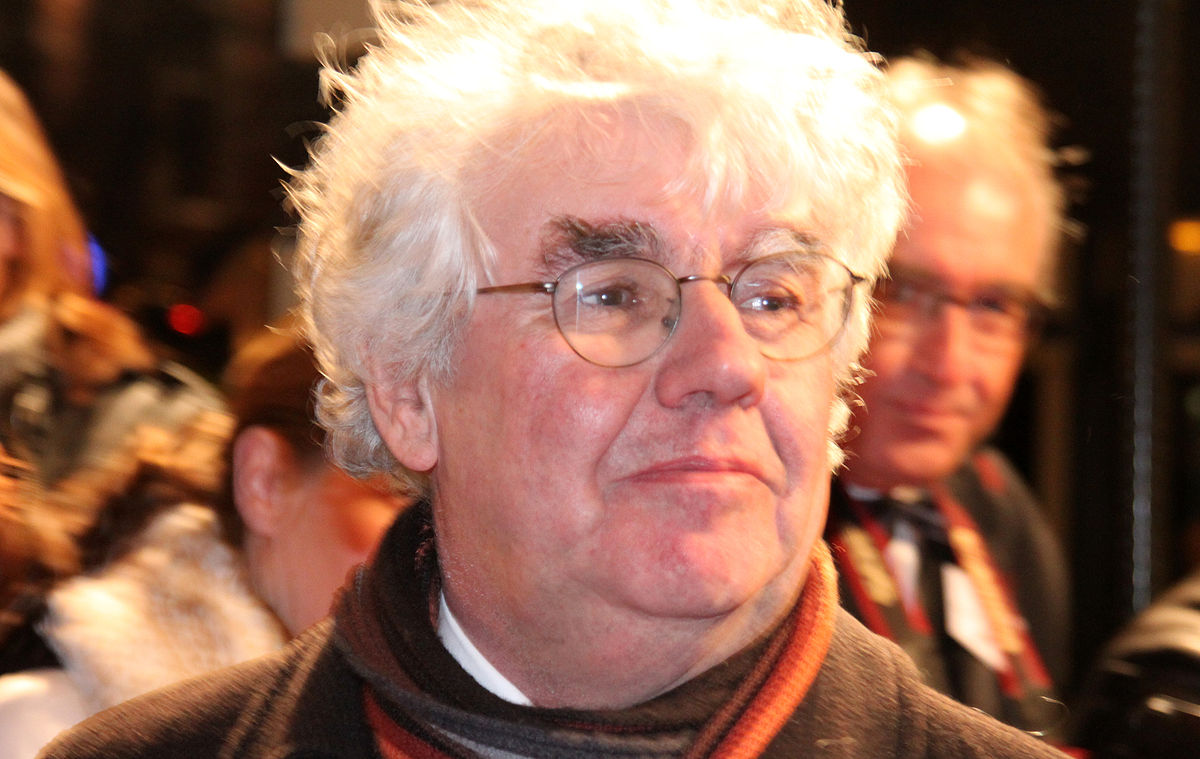While searching for a book to review in keeping with this month’s theme, I found Travels with Charley: In Search of America by John Steinbeck.
In 1960, Steinbeck was 58. He was suffering from a serious heart condition. After living in New York City and traveling through Europe for the last 20 years, he felt out of touch with his Salinas, California roots, America and the Americans he wrote about in The Grapes of Wrath and Of Mice and Men. While staying at his summer home in Sag Harbor on Long Island, Steinbeck decided to travel across the country and rediscover America.
After having a camper specially designed to fit over his truck bed, he set out with his dog Charley, a blue standard poodle on a 10,000 mile trip. He called his camper, Rocinante, after Don Quixote’s noble horse.
Steinbeck's famous camper, Rocinante, is on display at The National Steinbeck Center in Salinas California. Photo taken by Lord Harris, 1 September 2008, English Wikipedia.
Steinbeck begins his travels in New York loosely following the outer border of the United States, from Maine to the Pacific Northwest. He revisits Salinas Valley in California before travelingacross to Texas, up through the Deep South, and then back to New York.
The America Steinbeck finds is a source of amazement and dismay. He delights in the beauty of our land, marvels at the growth of our cities, but also notices the pollution and loss of wildlife and green space caused by industrialization and urban sprawl.
Many of the people he interacts with along the way are representative of his hopes and dreams for America, but he also comes face to face with segregation, poverty and privilege in our society.
Critics of this book like to point out that Steinbeck meets his wife Elaine in several larger cities along the way and stays with her in luxurious hotels. He often stays in motels and eats in nice restaurants instead of roughing it in his camper.
Many question the order of his route and the people and conversations he recounts. However, Travels with Charley: In Search of America was not meant to be a travelogue; it is Steinbeck rediscovering America as only a great writer can – with his imagination and the power of his words. That’s what makes this book exceptional.
Steinbeck was searching for something. Perhaps it was the opportunity to write about the human condition, or he knew his failing health would only allow one final hurrah of independence.
After reading this book, I began to wonder how Steinbeck reacted to Jack Kerouac’s On the Road or The Dharma Bums.
Would he have understood Christopher McCandless’ wanderlust and his desire for escape from modern society? Would Steinbeck, like Jon Krakauer, feel the need to tell McCandless’ story?
In 2010, Geert Mak, a Danish journalist and novelist traveled Steinbeck’s cross country trip using notes from Steinbeck's diary and the book. In Traveling without John,Mak giveshis impressions of American society and comments on the changes that have occurred since Steinbeck’s cross country trip.
If Steinbeck, Kerouac, McCandless, Krakauer and Mak could meet in a bar, what would they talk about, and what would they think of America today?
I can only guess what they would discuss, but I’m sure it would inspire some incredible road trips and even better books.
Photo Credits:
Steinbeck Photo: Image taken from Wikipedia courtesy of the Nobel Foundation - copyright expired - Taken in Sweden 1962 when Steinbeck received his Nobel Prize for Literature - Photographer unknown.
Kerouac Photo: By Tom Palumbo from New York, NY, USA (Jack Kerouac) [CC BY-SA 2.0 (http://creativecommons.org/licenses/by-sa/2.0)], via Wikimedia Commons
Krakauer Photo: By Devon Christopher Adams (https://www.flickr.com/photos/nooccar/3978577197/) [CC BY-SA 2.0 (http://creativecommons.org/licenses/by-sa/2.0)], via Wikimedia Commons
Mak Photo: Taken from Wikipedia 5 August 2017. No attribution required.
An image for Christopher McCandless was not available because of copyright restrictions, but you can go to the Christopher McCandless website, http://www.christophermccandless.info/ to view photos and find out more information about his travels.










